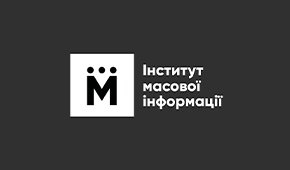Media play a strategic role in Ukraine's recovery. Notes from the media panel at URC-2025 in Rome
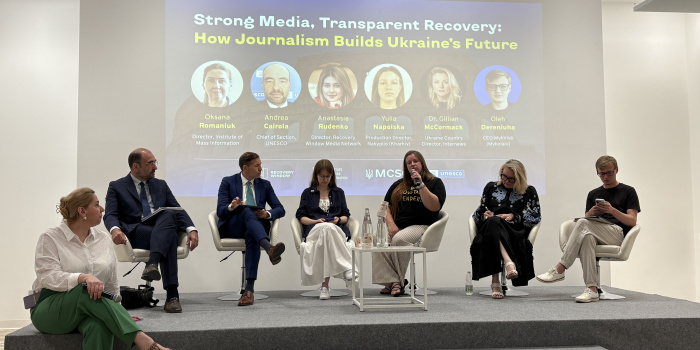
Being overtly targeted by the Russian forces, Ukrainian media and journalists need systemic support; they also play a strategic role in covering the recovery progress in Ukraine, as was discussed by the side panel “Strong Media, Transparent Recovery: How Journalism Builds Ukraine’s Future” at the Ukraine Recovery Conference-2025 in Rome on Friday, July 11.
Oksana Romaniuk, Director of the Institute of Mass Information, announced the launch of the Media Recovery Partnership Track. The initiative will start a systemic dialogue on recovery of the media as well as the role of media in Ukraine's recovery.
“There is no sustainable recovery without accountability, and there is no accountability without strong and independent media. For three and a half years, Ukrainian journalists have been working under fire, in bomb shelters and during blackouts, amidst a financial and staffing crisis, while also paying for truth with their lives and health. But Ukrainian journalism is not just about heroism and survival. It is also about innovation, new approaches and business models. We are confident that the media are not just beneficiaries or recipients of aid: they are a structural element of the resilience and recovery of Ukraine as a whole,” said Oksana Romaniuk.
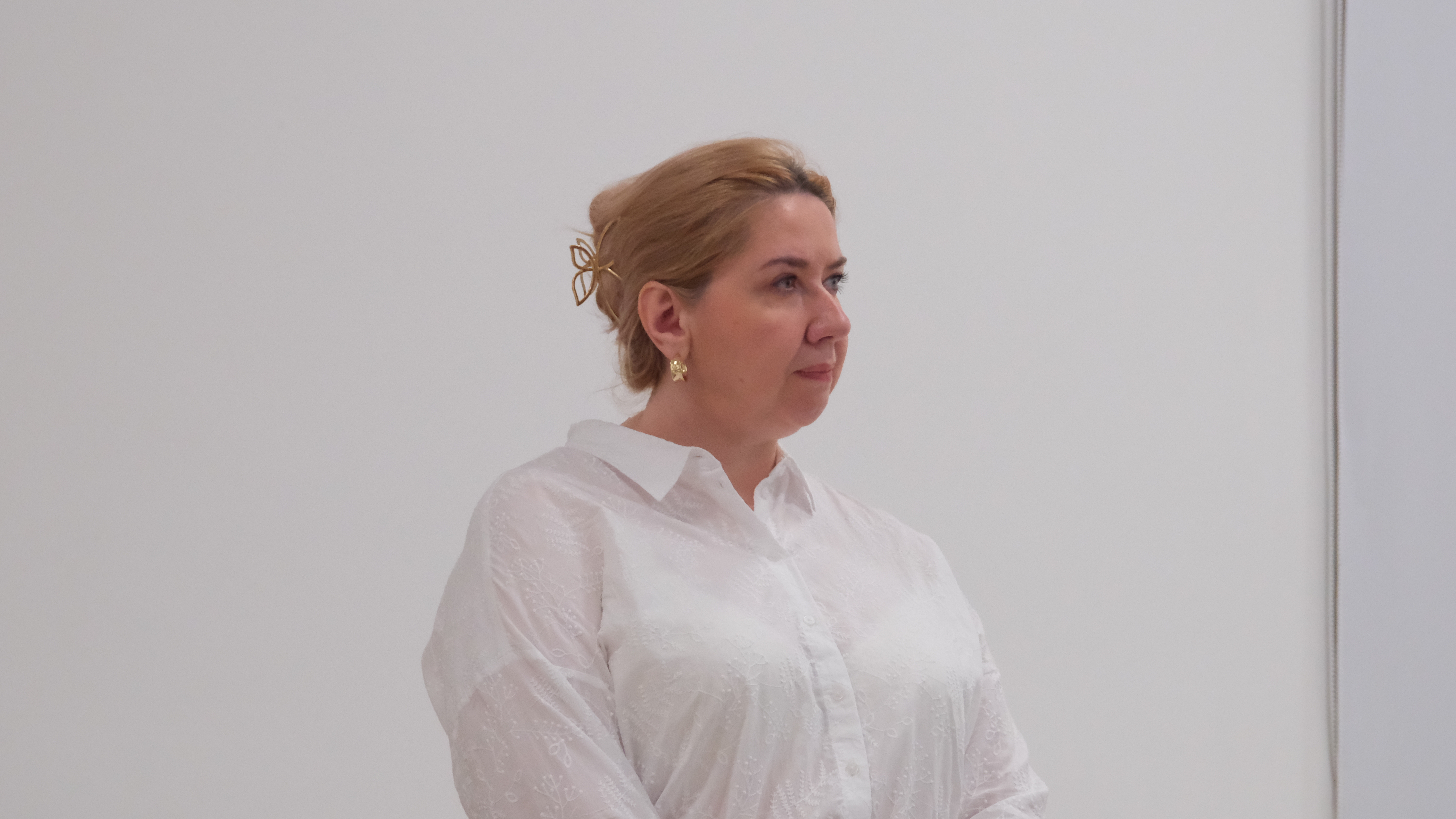
Oksana Romaniuk. Photo by Mykvisti
The damage inflicted by Russia’s war of aggression against Ukraine makes it clear that journalists and the media have been a deliberate target, said Gediminas Navickas, Deputy EU Ambassador to Ukraine.
“The media in all EU Member States and the European Union are also suffering from malign activities, from the massive disinformation campaigns against the EU. We also see what Russia is doing across the globe: you all have data on what are the resources that Russia is throwing on these malign activities. And this is another part of our joint work that we are doing together with you, with Ukrainian media, with the support of the European Union,” said Gediminas Navickas.

Gediminas Navickas (center). Photo by IMI
The Deputy EU Ambassador to Ukraine also cited data by the Institute of Mass Information, saying that over 230 media outlets (at least 329 as per the latest data — Ed.) have shut down since the start of Russia’s full-scale aggression in Ukraine: “Of course it comes from different targeted campaigns, seizures, occupation, destruction of offices and equipment. Of course, we are not only speaking about physical destruction, but also loss of revenues, loss of advertising campaigns, and it is a huge question how to ensure that financial sustainability over the long term.”
Gillian McCormack, Country Director for Ukraine at Internews International, pointed out that Ukraine should create conditions for the development of independent media. “What we need right now is to create this environment in which the Ukrainian media can become what they aspire to be, as represented by the three fantastic journalists that we have on the stage today (Anastasia Rudenko, Yulia Napolska, Oleh Derenyuha, — Ed.), part of defining what Ukraine becomes, what Ukraine aspires to, what kind of a country Ukraine wants to be,” says the expert.
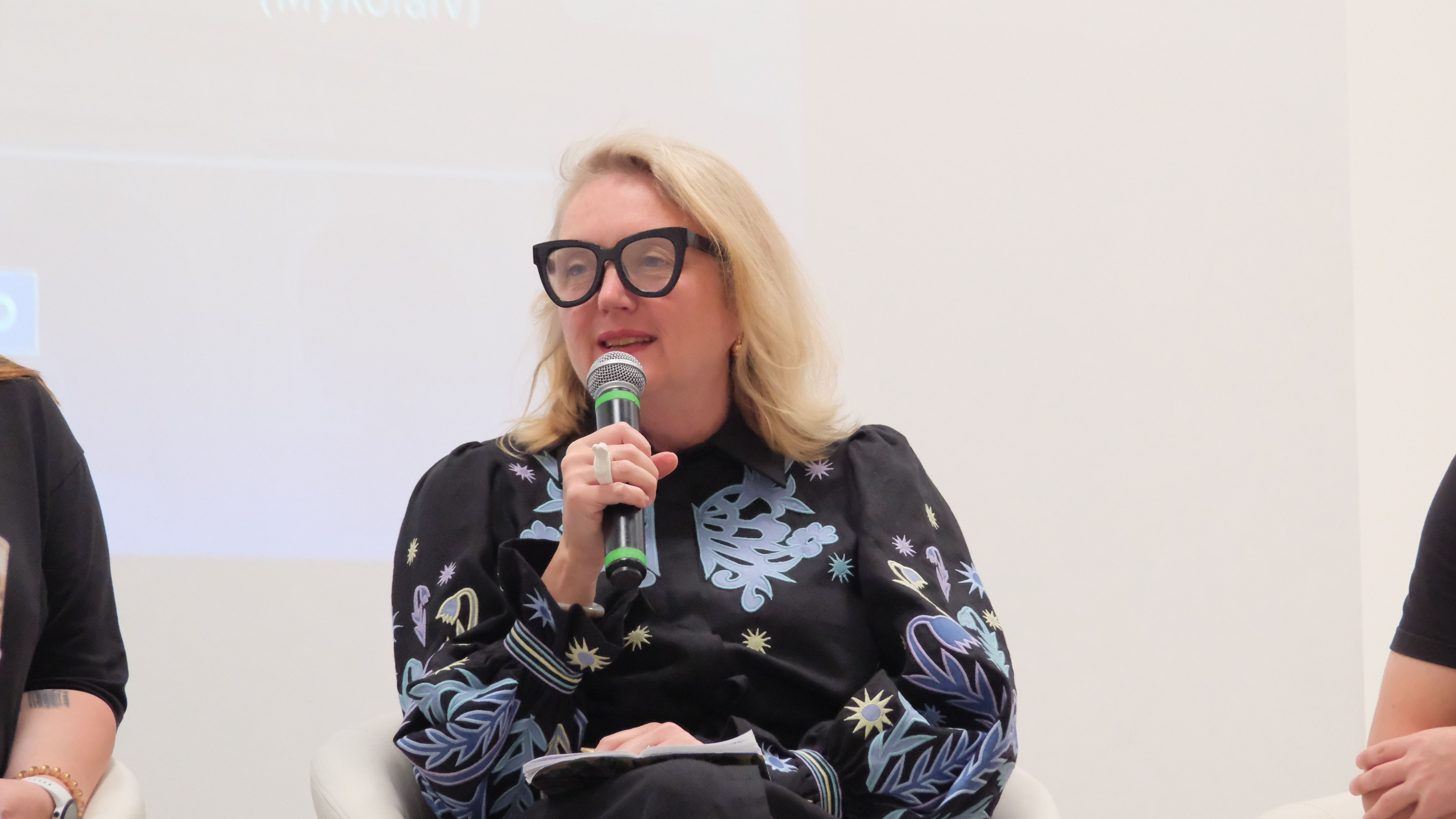
Gillian McCormack, photo by Mykvisti
Gillian McCormack shared her observation that Ukraine is changing quite rapidly. “As a person who has been visiting Ukraine for many years — my first working visit to Ukraine was in 1998 — I can tell you there's been enormous progress since that time. Ukraine looks great in comparison to a lot of other countries in the neighborhood, and I include some European countries in that comparison,” she emphasized.
85% of journalists suffer from stress and mental health issues, with only 60% having received professional help, said Andrea Cairola, Chief of Section for Freedom of Expression and Safety of Journalists at UNESCO. He added that 35% of media outlets have been relocated and 40% have suffered damage.
“The needs for both the reconstruction and the recovery are estimated at about 150 millions, divided into both broadcasting and media. I think this is a starting point to have an evidence-based approach of what is an essential pillar of any reconstruction or recovery. Because the independent, pluralist, professional media play an essential role in accountability, providing a platform for finding solutions,” said Andrea Cairola.
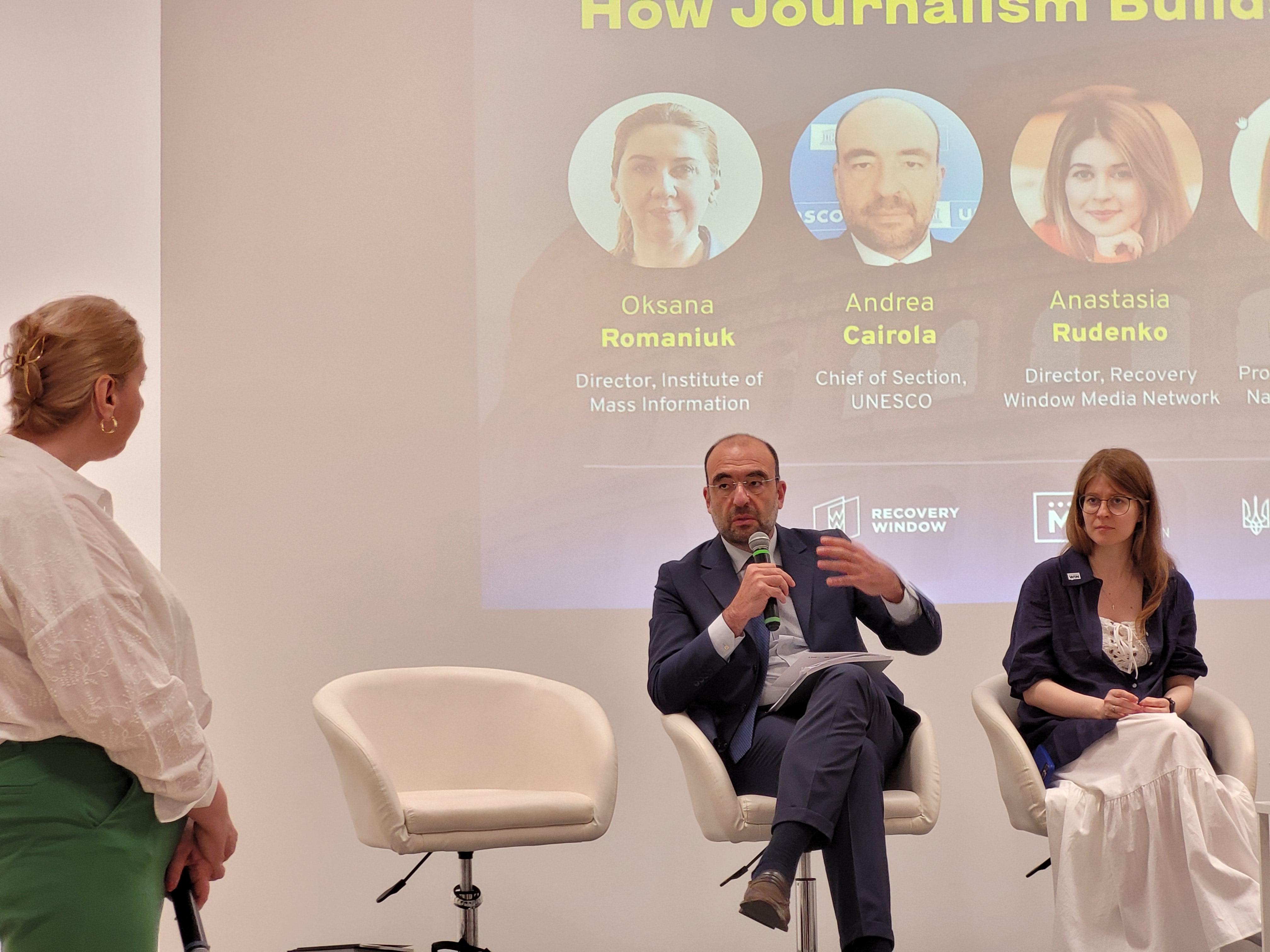
Andrea Cairola (center). Photo by IMI
Ukrainian media unite communities and amplify voices that might otherwise go unheard, said First Deputy Minister of Culture and Strategic Communications of Ukraine, Halyna Hryhorenko. However, she said, they constantly face threats and need strategic support.
"Ukrainian media have faced unprecedented challenges. Critical threats, staff displaced, constant digital attacks. For journalism to continue building Ukraine's future, it needs sustained and strategic support. Supporting sustainable and ethical media is a core pillar of our recovery. We must ensure that our journalists have the resources, training, and protection necessary to continue their mission," said Halyna Hryhorenko.

Halyna Hryhorenko. Photo by Mykvisti
Reporting in local media becomes an impetus for concrete action such as launching investigations into dubious tenders or expanding a prosthetics program, added Anastasia Rudenko, director of the media network Recovery Window.
“We are spotlighting the people's needs and including them in the dialogue around recovery. We have a whole database of impactful cases. For example, after we spotlighted a story, some people got compensation for their destroyed house. Or an investigation into questionable tenders began. A prosthetics program was expanded after a specific series of news stories and an advocacy campaign around it. The media plays a humanitarian role in supporting local communities and solving their problems. And this means that media are not a bystander or just a beneficiary. They are a recovery infrastructure and active stakeholders,” added Anastasia Rudenko.
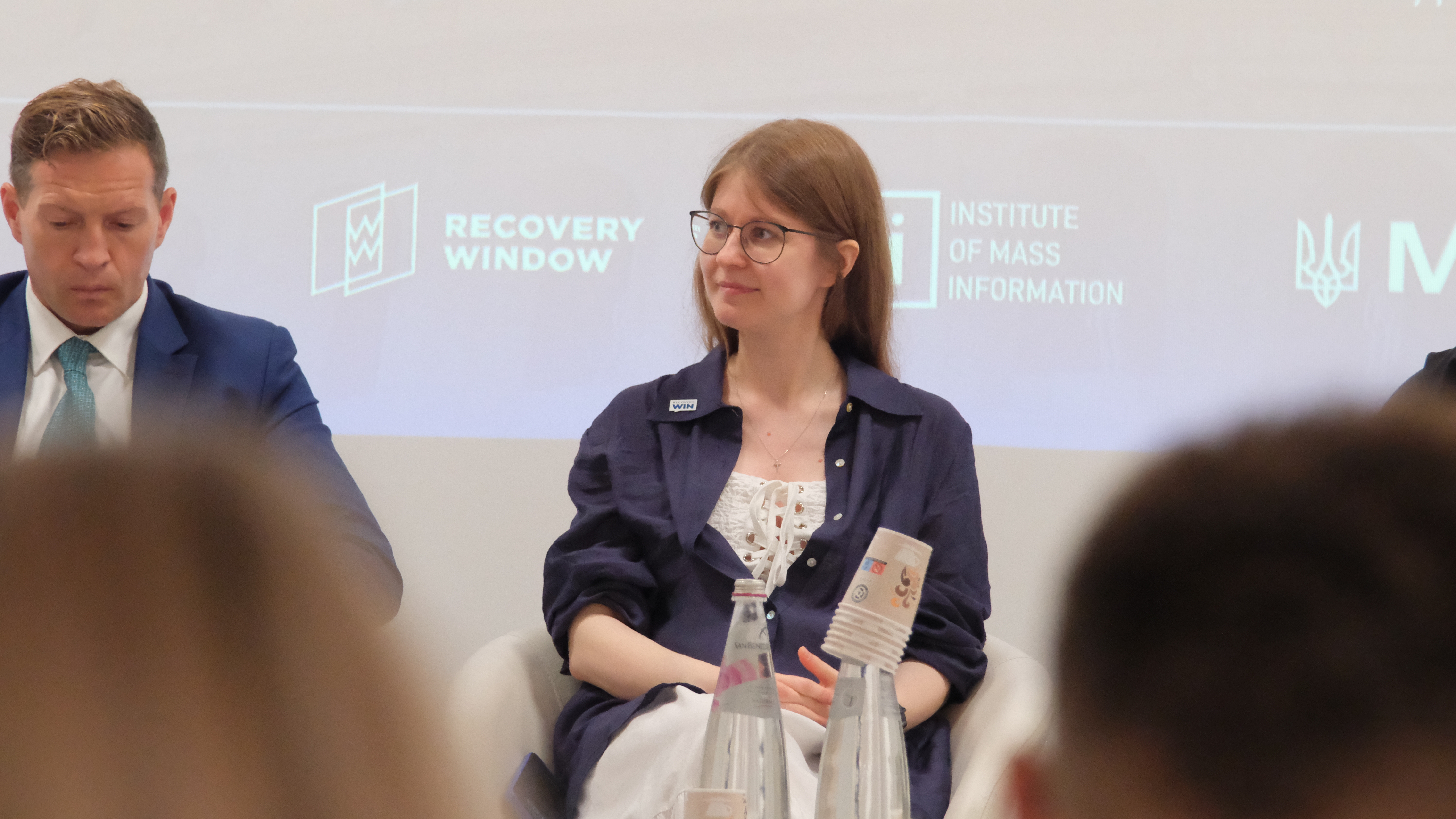
Anastasia Rudenko. Photo by Mykvisti
It was an important task for the Kharkiv-based media outlet Nakypilo in 2022 to let people know that Ukrainian media continue to work and that Ukraine still exists. That is why the media outlet launched a radio station to reach the people in the territories under Russian occupation, said Yulia Napolska, production director at Nakypilo.
“Our main goal is to bring information to the people. Our main goal is to talk about the problems and challenges that we are facing, even in the harshest conditions. We had been looking at the idea for a long time, but in 2022 we finally decided to launch a radio station that allowed us to reach people in the occupied regions. The single most important thing for us as a media outlet is to let people know that we are here, that we are not betraying them, that Ukraine is still there. That's why we've diversified all our channels: we have the radio, we have videos, we have social media, we have analytics, we have all of those and all this is done to be a part of our local community,” said Yulia Napolska.
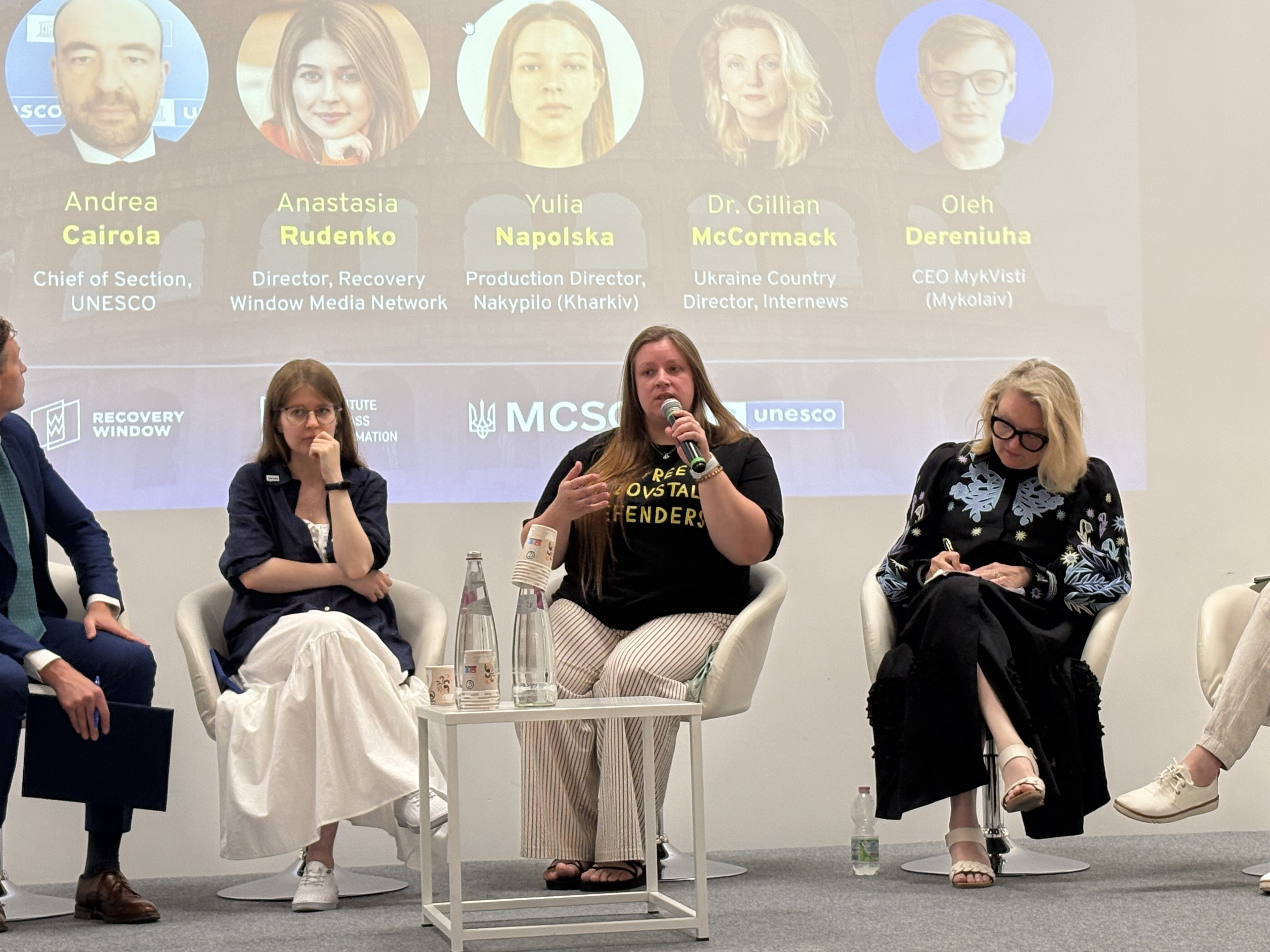
Ylia Napolska (center). Photo by IMI
The role of the media today is to help people understand how Ukraine is being rebuilt, how decisions are made: to report on infrastructure repairs, public procurement, utility services such as water or electricity supply, says MykVisti CEO Oleh Derenyuha.
"We cover the actions and the inaction of local and national authorities and we explain what City Council decisions mean, how the taxpayers' money is being spent and what international aid really changed or failed to change in our city. And our journalism, I think, is great pressure, great visibility, and sometimes makes real change,” added Oleh Derenyuha.
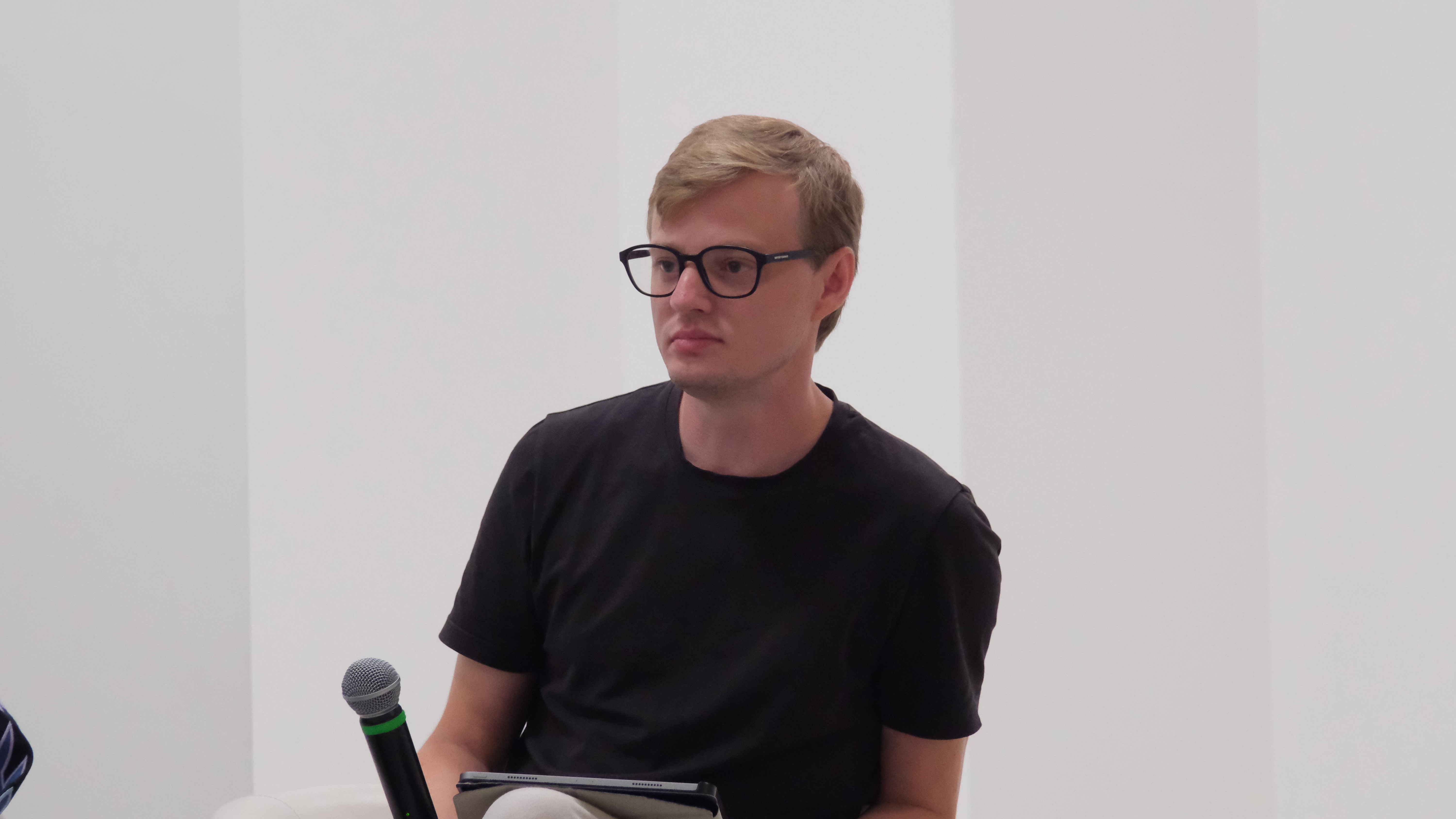
Oleh Derenyuha. Photo by Mykvisti
According to the Institute of Mass Information:
- 107 media workers have been killed by the Russian forces since February 24, 2022, with 12 of those dying while reporting;
- at least 329 media outlets had to shut down since February 24, 2022;
- Russia committed 839 crimes against the media and journalists in Ukraine in the three years and four months since the start of the full-scale invasion.
Panel co-organized by the Institute of Mass Information and the media network Recovery Window in partnership with UNESCO, EU Delegation to Ukraine, Ministry of Culture and Strategic Communications of Ukraine.
By Lesya Lutsiuk, Kateyrna Andriychuk, Hanna Chabaray
Help us be even more cool!

